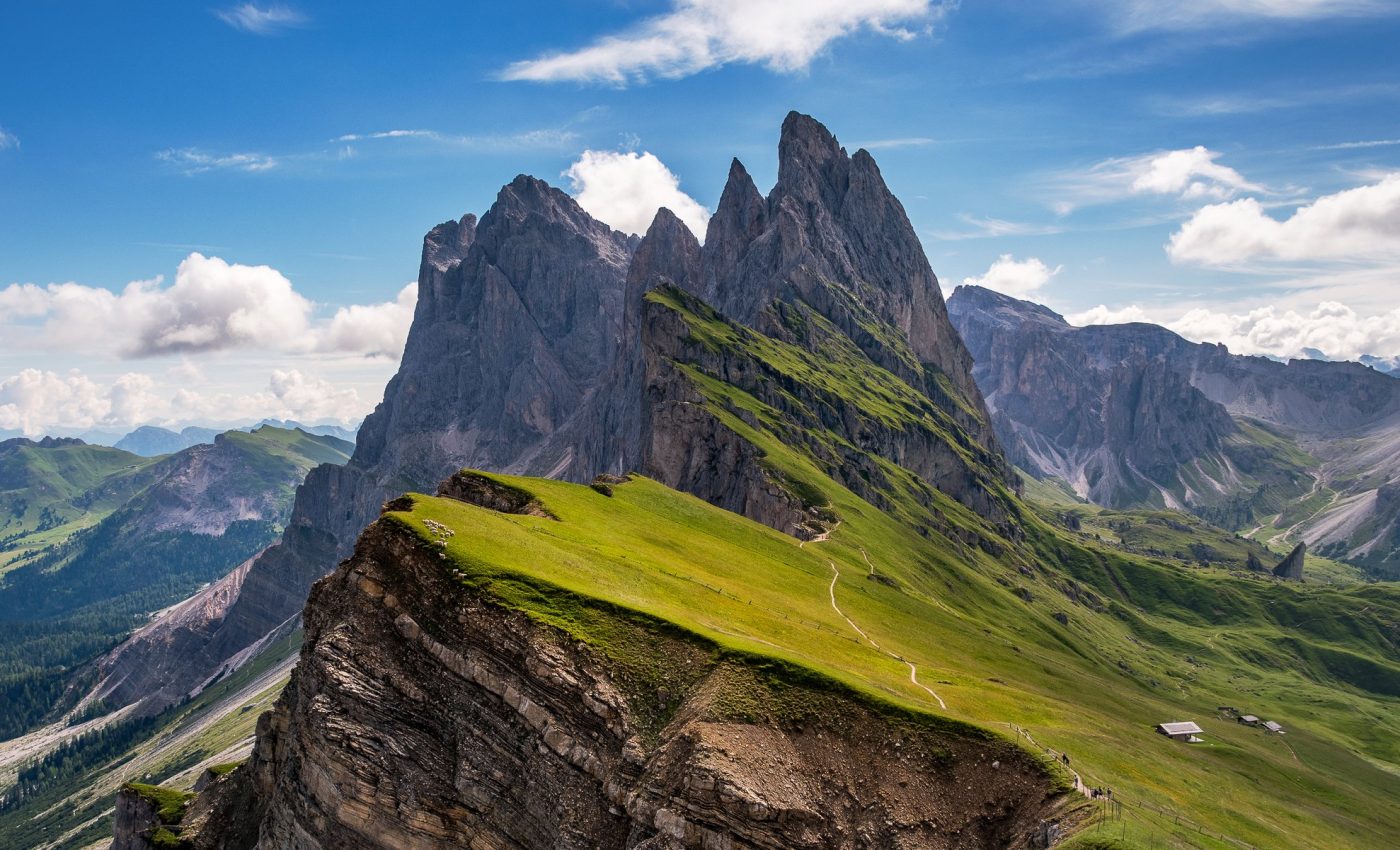
Mountain building triggered a mass extinction event
As life on Earth dramatically expanded over 500 million years ago during the Cambrian explosion, tectonic plate activity began to significantly shape the planet, according to a recent study. The collision of these plates caused mountains to form and initiated a sequence of events that led to a mass extinction known as the “Sinsk event.”
Tectonic activity and rapid climate change
These tectonic movements allowed magma to reach the surface, releasing large amounts of greenhouse gasses into the atmosphere and triggering rapid climate change. This catastrophic event wiped out various animal groups, such as archaeocyathids and hyoliths.
“It’s unusual to point to a tectonic cause for an extinction event, but the evidence is compelling,” said study co-author John Goodge, a professor emeritus at the University of Minnesota Duluth.
Sinsk event extinction
According to the study authors, the Sinsk event extinction was triggered by initial Ross/Delamerian supracrustal contraction along the edge of Gondwana, which caused a cascading series of geodynamic, paleoenvironmental, and biotic changes.
These changes included loss of shallow marine carbonate habitats along the Gondwanan margin, tectonic transformation within the Gondwanan interior, and the extrusion of the Kalkarindji large igneous province.
There was also a release of large volumes of volcanic gases and rapid climate change, including incursions of marine anoxic waters and collapse of shallow marine ecosystems, noted the researchers.
Records of mountain building
Goodge and his colleagues discovered the connection to plate tectonics by comparing field notes from Antarctica and southern Australia. These two regions, once part of the supercontinent Gondwana near the equator, showed nearly identical records of mountain building just before the extinction event.
The research, which began in the 1990s, has recently been published in the journal Science Advances. Goodge and other scientists set up camps on a glacier in Antarctica, traveling by helicopter and snowmobile to the Holyoake Range.
The experts examined fossils from carbonate reef structures to trace the timeline of the extinction. A separate team found similar evidence in Australia in 2011.
A series of cascading events
“You never know when something you did decades ago is going to come together in a new way,” Goodge said.
Thus, as the author concluded, tectonic movements during mountain building “caused a series of cascading environmental processes that resulted in ocean warming, reduced oceanic turnover, widespread bottom-water anoxia in marginal and epicontinental seas, and, ultimately, the Sinsk extinction.”
More about mountain building
Mountain building, also known as orogeny, is a complex geological process that involves the formation of mountain ranges. This phenomenon primarily results from the movement of tectonic plates, which are massive slabs of Earth’s lithosphere.
As these plates interact, they can converge, diverge, or slide past each other, leading to various geological activities.
Formation of mountain ranges
When tectonic plates converge, one plate may be forced over another, causing the crust to crumple and fold. This is how many of the world’s major mountain ranges, such as the Himalayas, were formed.
The immense pressure and heat generated during this process can also cause the rocks to undergo metamorphism, further contributing to mountain formation.
Volcanic activity
Another mechanism of mountain building is volcanic activity. When magma from the Earth’s mantle rises to the surface, it can build up layers of lava and ash, creating volcanic mountains.
The Andes in South America are a prime example of mountains formed by the subduction of an oceanic plate beneath a continental plate, leading to significant volcanic activity.
Dynamic mountain ranges
Erosion and weathering also play a crucial role in shaping mountains. Over time, these forces can wear down the peaks and ridges, redistributing the material to form valleys and other features.
This ongoing interaction between tectonic activity and surface processes ensures that mountain ranges are dynamic and continually evolving.
Overall, mountain building is a multifaceted process driven by the movement of tectonic plates and volcanic activity, with subsequent modification by erosion and weathering. These forces combine to create and reshape the majestic mountain ranges that define Earth’s topography.
—–
Like what you read? Subscribe to our newsletter for engaging articles, exclusive content, and the latest updates.
Check us out on EarthSnap, a free app brought to you by Eric Ralls and Earth.com.
—–













